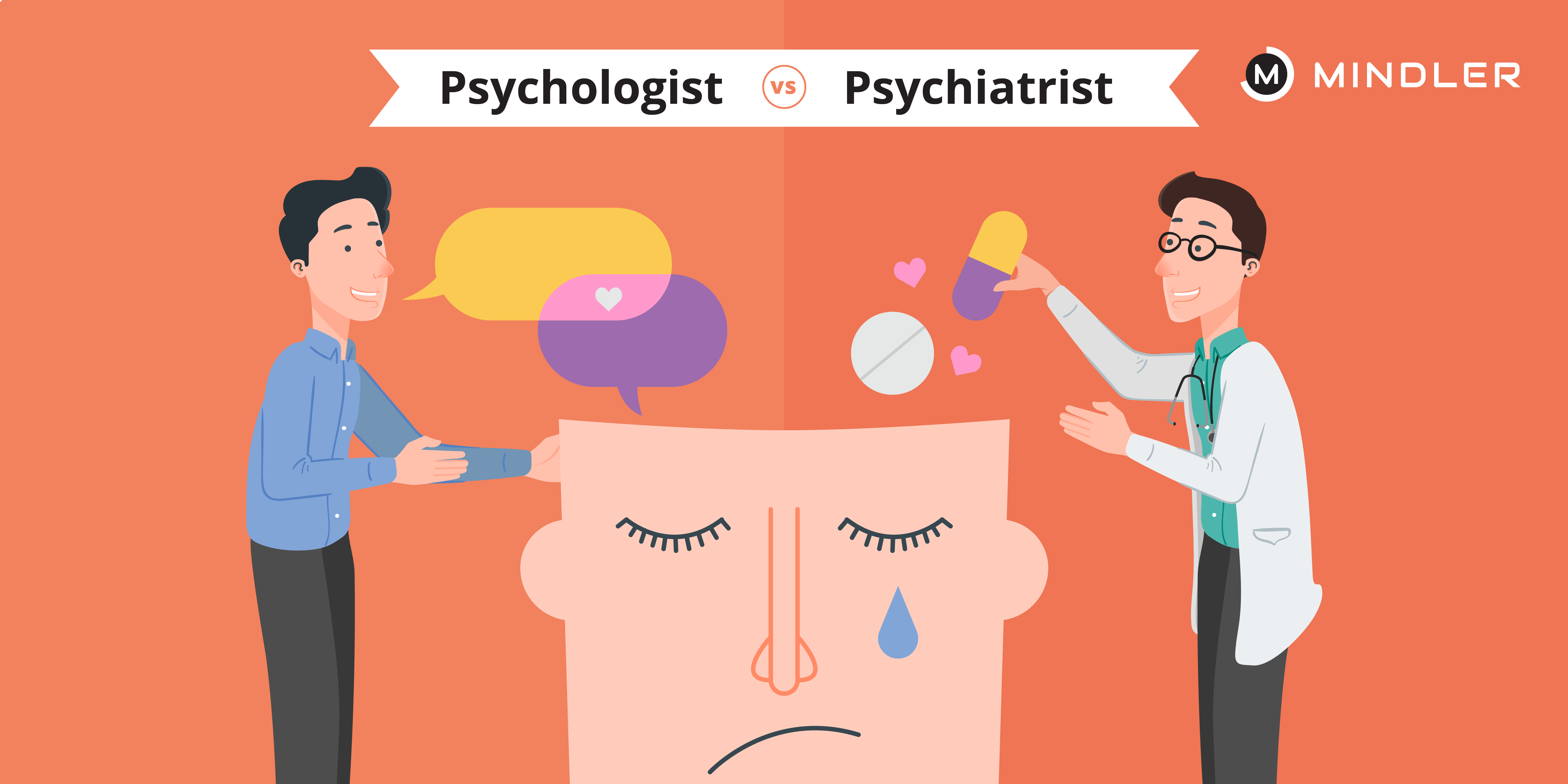The Importance of Looking For Aid from the Best Psychologist in Delhi for Stress Monitoring
The Importance of Looking For Aid from the Best Psychologist in Delhi for Stress Monitoring
Blog Article
Psych Therapy: A Comprehensive Overview to End Results and techniques

Cognitive-Behavioral Therapy
Cognitive-Behavioral Therapy (CBT) is a commonly made use of psychotherapeutic strategy that focuses on recognizing and customizing useless thinking and habits patterns. Created in the 1960s by Aaron T. Beck, CBT integrates cognitive and behavior theories to attend to various mental health concerns, including clinical depression, anxiousness, and stress-related problems.
Techniques such as cognitive restructuring, direct exposure treatment, and skill-building exercises are typically used. Cognitive restructuring includes difficult and altering negative idea patterns, while exposure therapy intends to minimize worry and anxiety via progressive exposure to been afraid circumstances or objects.
Evidence-based research study supports the efficiency of CBT for a variety of emotional conditions - Best Psychologist in Delhi. Its emphasis on skill procurement and self-help methods empowers customers to continue progression separately after therapy ends. The versatility and effectiveness of CBT have actually made it a foundation in modern psychotherapeutic method
Psychodynamic Approaches
Rooted in the early theories of Sigmund Freud, psychodynamic approaches concentrate on exploring the subconscious mind and its impact on habits and feelings. These techniques aim to uncover concealed thoughts and feelings that may be driving maladaptive behaviors and emotional distress. Central to this strategy is the concept of inner problem, often stemming from unresolved past experiences, specifically those from youth.
Therapists making use of psychodynamic strategies use a number of vital methods, consisting of free association, where people are encouraged to talk easily to disclose unconscious material, and dream evaluation, which analyzes the hidden web content of dreams. Furthermore, the expedition of transference and countertransference characteristics within the healing relationship is critical. These interactions can supply insights right into the patient's inner world and relational patterns.
Psychodynamic therapy is commonly longer-term contrasted to various other modalities, providing a comprehensive and deep understanding of the person's mind. Study shows that it can be specifically effective for complicated mental health and wellness problems, such as character problems and persistent clinical depression. By cultivating self-awareness and psychological understanding, psychodynamic treatment seeks to bring unconscious material to consciousness, enabling people to attain purposeful and long-term adjustment in their lives.
Humanistic Techniques
Building on the foundations laid by psychodynamic approaches, humanistic techniques offer an unique point of view concentrated on private prospective and self-actualization. Coming from the mid-20th century, these techniques focus on the intrinsic goodness and growth possibility of people, emphasizing a holistic sight of human experience. Secret figures such as Carl Rogers and Abraham Maslow have considerably influenced this healing technique, which includes methods like client-centered therapy and Gestalt therapy.
Client-centered treatment, created by Rogers, plays a crucial duty in humanistic strategies. The specialist's duty is even more of a facilitator than an authority, encouraging clients to harness their internal resources for healing.
Gestalt treatment, one more important humanistic strategy, highlights present moment awareness and the integration of body and mind. By concentrating on the "right here and now," clients obtain better understanding right into their present feelings and actions. Methods such as role-playing and assisted visualization are often used to help clients obtain a much deeper understanding of themselves, eventually bring about improved self-awareness and gratification.
Integrative Therapies
Integrative therapies stand for a synthesis of different therapeutic strategies tailored to meet the one-of-a-kind requirements of each client. This strategy website link acknowledges the intricacy of human psychology and the diverse nature of mental wellness issues. By incorporating aspects from different institutions of psychotherapy-- such as cognitive-behavioral treatment (CBT), psychodynamic therapy, and humanistic methods-- integrative treatments use an even more versatile and alternative therapy standard.
Specialists of integrative treatment examine each customer's certain needs, signs and symptoms, and personal history to design a personalized therapy plan. This personalized strategy enhances the capacity for healing success by attending to the source of psychological distress and promoting overall wellness. Strategies might include mindfulness workouts, cognitive restructuring, and emotional processing, each chosen to target different elements of the customer's problems.
In addition, integrative therapies emphasize the therapeutic relationship, seeing the client-therapist bond as a my explanation critical component of effective therapy. This partnership fosters a supportive environment where clients feel risk-free to check out and resolve their problems. The flexibility of integrative treatments makes them ideal for a broad series of conditions, including anxiety, depression, trauma, and social troubles, consequently boosting their applicability and efficiency in diverse clinical setups.

Gauging Therapy End Results
Examining the effectiveness of psychiatric therapy is important for both customers and medical professionals to guarantee that the therapy is generating the preferred end results. To achieve this, different approaches and devices are employed to determine treatment end results systematically. Standard analysis tools, such as the Beck Depression Inventory (BDI) and the Generalized Anxiety Condition 7 (GAD-7), provide quantitative data on signs and symptom severity and changes with time.
Along with standardized devices, qualitative methods like customer self-reports and medical interviews offer valuable insights right into the personal experiences and perceived progression of customers. On a regular basis set up assessments, usually at the start, midpoint, and end of therapy, help in tracking the trajectory you can try these out of improvement or identifying areas requiring change.
End result dimension is not restricted to sign reduction; it also encompasses functional improvements in day-to-day live, such as far better social connections, enhanced work productivity, and boosted total well-being. Modern developments in electronic health have presented mobile applications and on-line systems that promote real-time tracking and feedback, even more fine-tuning the analysis procedure.
Eventually, a thorough strategy to measuring therapy end results makes sure that healing treatments work, reliable, and tailored to fulfill the individual requirements of customers, therefore optimizing the total restorative experience.
Conclusion
Humanistic strategies concentrate on individual growth and self-actualization, while integrative therapies integrate numerous techniques for customized treatment plans. Assessing treatment outcomes through qualitative approaches and standard analyses makes sure a detailed understanding of effectiveness, inevitably directing clients towards sustaining psychological health enhancements.
From the organized technique of Cognitive-Behavioral Treatment (CBT) to the deep exploration of the subconscious in psychodynamic therapy, each technique brings one-of-a-kind advantages. Its focus on ability procurement and self-help techniques equips customers to proceed progression individually after therapy concludes (Best Psychologist in Delhi). Secret figures such as Carl Rogers and Abraham Maslow have actually significantly influenced this healing approach, which includes techniques like client-centered treatment and Gestalt therapy

Report this page